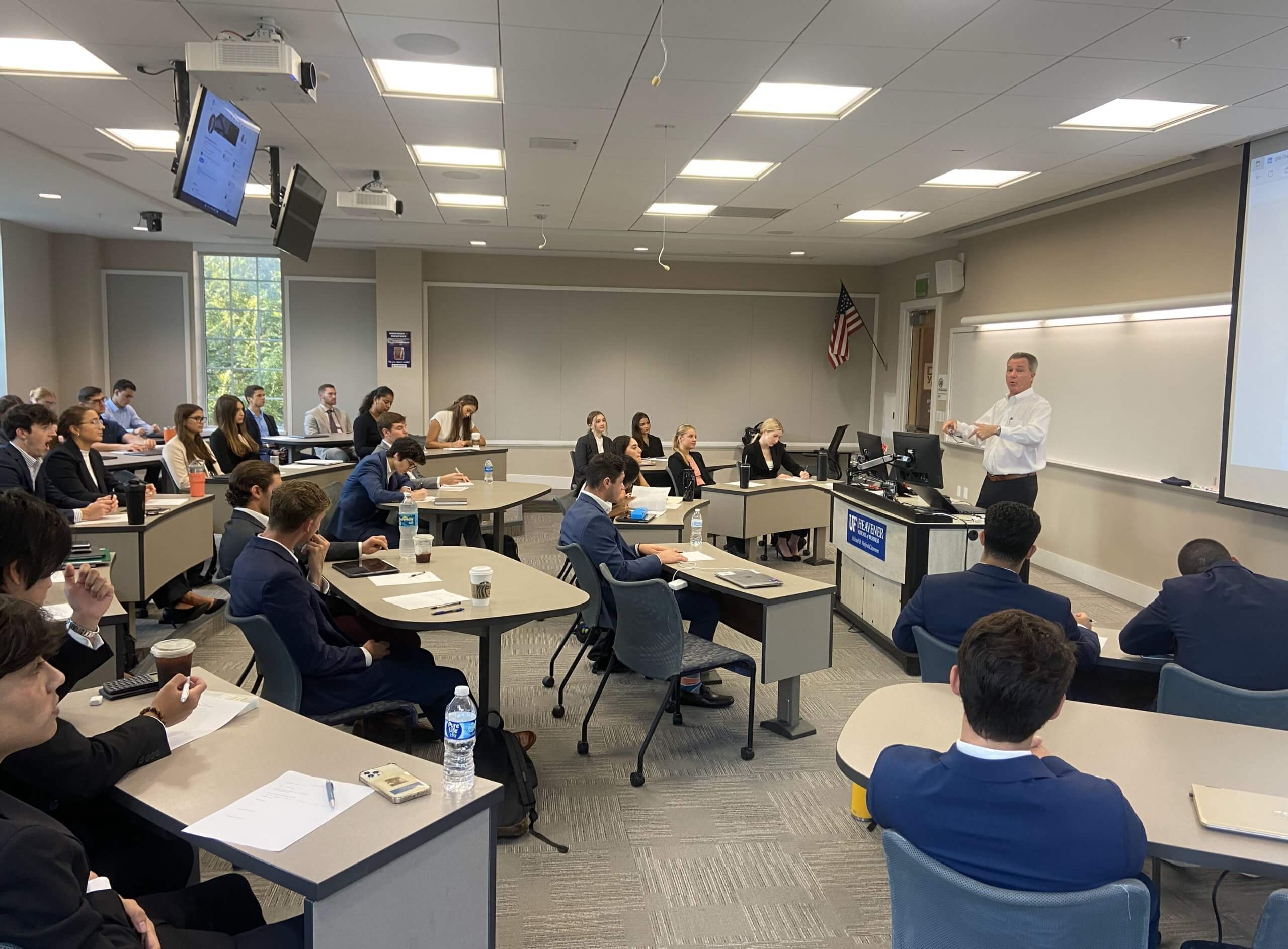What do high valuation differences in the market mean for your portfolio?
One way to characterize stocks is by the ratio of its price to earnings. The stock of companies that have high expected growth rates naturally sell for higher prices. These stocks are often referred to as “growth stocks.” However, an investor’s return is the difference between the price one buys the stock for and the price at a later date. “Value” stocks, by contrast, are stocks that sell for low prices relative to the overall market.
Historically, investors have paid high prices for growth stocks and been disappointed during most long periods, as expectations of growth failed to manifest or were perceived to be at risk. Value stocks have produced better long-term results in markets around the world. This makes perfect sense because of the lower prices paid for value stocks.
While a good portfolio always holds small company value stocks because the expected returns are always higher than that of large growth stocks, the difference between the performance of growth and value stocks can be significant over short periods of time.
While a good portfolio always holds small company value stocks because the expected returns are always higher than that of large growth stocks, the difference between the performance of growth and value stocks can be significant over short periods of time. In the U.S., value stocks did significantly better in both 2021 and 2022, but growth stocks have been better thus far in 2023. Investing involves longer time frames than that. Over longer periods of time, the simple concept that paying a lower price has been and is likely to be superior to paying a high price for a given level of earnings.

This does not mean we should put everything in small value stocks because a dramatic increase in value is imminent. Timing shifts in growth versus value stocks are just as problematic as timing the market as a whole. That is speculation, not investing, and may indicate a lack of discipline or patience. What the current difference in the valuation between the two asset classes means is the diversified, patient, and disciplined investors are more likely to be rewarded in time.
Plan now to avoid the year end crush
Many tax-related transactions must occur by year-end. While the IRS has a deadline of December 31, most financial institutions will not guarantee a transaction will be completed unless initiated before a date a couple of weeks earlier than that. They do this because they are inundated by transaction requests.
Transactions often requested in December include:
- Required Minimum Distributions from retirement accounts and IRAs
- Qualified Charitable Distributions (Only permitted for persons over 70 ½ and only from IRAs. See note below)
- Transfers or donations of securities
- Sales of securities for “loss harvesting”
- Sales of appreciated securities for “gain harvesting”
- Roth conversions
Waiting until the last minute is not likely to make a significant difference in your tax bill versus the result achieved by executing these transactions earlier. By planning ahead, you can avoid the year end crush. Once you and our advisory team have determined what needs to be done, please proceed with the needed transactions. If you must wait, Schwab will not guarantee execution before year end if the request is not properly made before the deadline set by Schwab, which we anticipate will be no later than December 15, 2023.
Note on Qualified Charitable Distributions: There are two ways to make a Qualified Charitable Distribution (QCD). One is to submit a distribution authorization request to the IRA custodian authorizing a check be made payable to the charity and mailed to the client, who can then give the check to the charity. The second is to use checks from a special checkbook linked to the IRA. If a client makes a QCD via the first option (a distribution authorization) by the submission deadline, the QCD will count for 2023 even if the check isn’t fully processed by the charity before the end of the year. However, if a client writes a QCD check but the check is not fully processed by the charity by December 29, 2023 (the last business day of the year), the QCD will not count for 2023 and instead count for 2024.
The checkbook method makes ad hoc donations easy. However, most clients find that for larger donations, making a QCD via a distribution authorization request eliminates concern about processing. For most charities, December is their busiest month for donations. Further, for recurring donations to a particular charity such as a family’s tithe or a donation to an annual fund at one’s alma mater, most clients find keeping a distribution authorization on file is more convenient.
Additional resources at moisandfitzgerald.com:
Beauty is in the eye of the beholder
Should you donate shares or cash?
Should I convert to a Roth IRA?
News & Notes
Social Security payments and retirement plan contributions expected to rise. Several government related items such as Social Security payments, the allowable contribution amounts to IRAs and retirement plans, and the thresholds for marginal tax brackets are adjusted based on inflation readings. With inflation at lower levels in 2023 than the year prior, the increases are modest. For instance, Social Security payments will rise by 3.2%. Contribution limits to retirement plans should also rise. We will have exact figures for you in our January newsletter.

MFT was named to Financial Advisor magazine’s list of the top Registered Investment Advisory firms in the U.S. The list is based on assets under management.
Mike Salmon, CFP® EA, continues to help educate the commercial real estate community. He recently appeared as the guest on the CRE Deal Room podcast.
If you are a member of an organization in need of a personal finance speaker, we are happy to talk with your group’s organizers at no cost.
Fall Conference season is underway. Dan gave the attendees of the XY Planning Network an update on activities at CFP Board. At the FPA National Conference in Phoenix, Dan was on stage for three different sessions. He gave another CFP Board update, presented a talk on CFP Board’s disciplinary process, and was a panelist on the future of the profession.
Important Dates:
November 1: Start of open enrollment for existing Health Insurance Marketplace enrollees
December 7: End of open enrollment for existing Medicare enrollees
December 15:
- End of open enrollment for existing Health Insurance Marketplace enrollees
- Q4 estimated tax payment deadline for C-corporation and multi-member LLCs that elect to be treated as a corporation
Friday, December 22, 2023 – Monday, January 1, 2024: Offices of Moisand Fitzgerald Tamayo are closed. As has been our custom for many years, all staff have this time off so they can spend it with their families. Offices will reopen on Tuesday, January 2, 2024.
January 1:
- Start of General Enrollment Period for Medicare Part A and B
- Start of Open Enrollment Period for Medicare Advantage
January 15 (or February 15th for some Florida taxpayers):
- Q4 estimated payment deadline for 2023 tax year. Due to hurricane Idalia, the deadline is February 15, 2024 for taxpayers that reside or have a business in Alachua, Baker, Bay, Bradford, Brevard, Calhoun, Charlotte, Citrus, Clay, Collier, Columbia, DeSoto, Dixie, Duval, Flagler, Franklin, Gadsden, Gilchrist, Gulf, Hamilton, Hardee, Hernando, Hillsborough, Jefferson, Lafayette, Lake, Lee, Leon, Levy, Liberty, Madison, Manatee, Marion, Nassau, Orange, Osceola, Pasco, Pinellas, Polk, Putnam, Sarasota, Seminole, St. Johns, Sumter, Suwannee, Taylor, Union, Volusia and Wakulla counties.
Please remember to call us: When anything significant happens in your life, including changes in your finances, family, or health that could affect your financial plan, please let us know so that we can adapt our planning and portfolio work for you accordingly. Also, if you ever fail to receive a monthly statement for one of the Schwab Institutional accounts under our management, please let us know so we may assure the respective custodian delivers your statements promptly.
Yours truly,
The Team at Moisand Fitzgerald Tamayo, LLC

